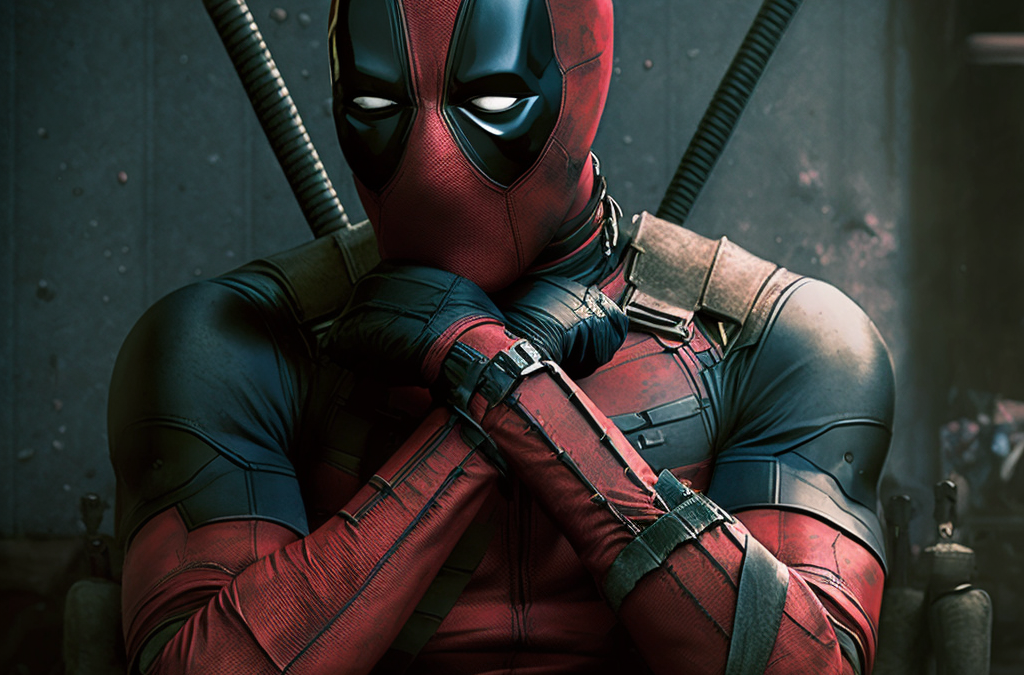The Fourth Wall
The fourth wall is a term used in theater, film, and television to describe an imaginary “wall” that separates the audience from the world of the characters. It is a convention that allows the audience to observe the characters without being seen or acknowledged by them. The term “fourth wall” comes from the idea that the stage or screen has three visible walls, and the imaginary fourth wall is the one that faces the audience.
Breaking the fourth wall is when a character in a play, film, or TV show directly acknowledges the audience, or otherwise breaks the illusion that they are in a separate reality from the audience. This can be done in various ways, such as speaking directly to the audience, referencing the fact that they are in a play or movie, or addressing the camera in a TV show or film.
What are the effective ways to break the fourth wall?
Breaking the fourth wall can be a powerful technique for storytelling, as it can help to create a connection between the audience and the characters in a play, film, or TV show. Here are some effective ways to break the fourth wall:
Addressing the audience directly: One of the most straightforward ways to break the fourth wall is to have a character speak directly to the audience. This can be done by having the character look directly at the camera, or by having them speak as if they are having a conversation with the audience.
Using narration: Narration is another effective way to break the fourth wall, as it can provide a direct line of communication between the audience and the characters. By having a character narrate their own story, or by having a narrator speak directly to the audience, you can break down the barrier between the audience and the story.
Meta references: Another way to break the fourth wall is by including meta references to the fact that the characters are in a play, film, or TV show. This can be done by having a character comment on the fact that they are in a story, or by having them reference the audience directly.
Poking fun at the medium: Finally, breaking the fourth wall can be an effective way to poke fun at the medium itself. By having a character comment on the conventions of theater, film, or TV, you can help to create a sense of humor and levity in the story.
What is Importance of Breaking the fourth wall
Breaking the fourth wall can be an important storytelling technique, as it can help to engage the audience and create a more immersive experience. Here are some of the key reasons why breaking the fourth wall can be important:
Creates a personal connection with the audience: By breaking the fourth wall, a character can speak directly to the audience, acknowledging them as part of the story. This can create a sense of personal connection and involvement, making the audience feel like they are part of the action.
Adds humor and levity: Breaking the fourth wall can also be an effective way to inject humor and levity into a story. By poking fun at the conventions of the medium, or by making jokes that acknowledge the audience, a story can become more entertaining and engaging.
Increases emotional impact: When a character breaks the fourth wall to share their thoughts or emotions with the audience, it can create a more powerful and intimate experience. This can help to increase the emotional impact of the story, making it more memorable and resonant.
Offers new perspectives: Breaking the fourth wall can also offer new perspectives on the story and the characters. By allowing the audience to see the story from a different point of view, it can provide insights into the motivations and actions of the characters, and can make the story more complex and nuanced.
Overall, breaking the fourth wall can be an effective way to create a more engaging and immersive experience for the audience, and can help to make a story more memorable and impactful.
Best Examples for Breaking the fourth wall
Here are some more examples of breaking the fourth wall in popular culture:
- “Deadpool”: The 2016 film “Deadpool” features the eponymous character frequently breaking the fourth wall by addressing the audience directly, making jokes about the movie itself, and even joking about the actor playing the character.
- “House of Cards”: The Netflix series “House of Cards” frequently breaks the fourth wall by having the main character, Frank Underwood, address the audience directly and provide commentary on the events of the show.
- “Annie Hall”: The 1977 film “Annie Hall” features a famous scene where the main character, played by Woody Allen, pulls a man out of a line at a movie theater to ask him his opinion on Marshall McLuhan. McLuhan then appears from off-screen to address the man directly, breaking the fourth wall and commenting on the scene.
- “The Office”: The TV show “The Office” frequently breaks the fourth wall by having the characters address the camera directly, making jokes, and providing commentary on the events of the show.
- “Fight Club”: The 1999 film “Fight Club” features a scene where the main character, played by Brad Pitt, addresses the audience directly and encourages them to question the nature of their reality.
These are just a few examples of breaking the fourth wall in popular culture. The technique can be used in a variety of ways to engage the audience and create a more immersive experience.
What is Diversity and inclusion In Storytelling
The Diversity and inclusion In Storytelling Diversity and inclusion in storytelling refers to the representation of a wide range of perspectives,...
What is The Redemption Arc? How The Redemption Arc works in stories
The Redemption Arc The Redemption Arc is a character arc type that focuses on a character who starts off as morally ambiguous or even villainous,...
Write is Logline, what is formula of Logline
The Logline A logline is a brief summary of a movie, television show, or book that outlines the central conflict or premise. It is typically one or...




